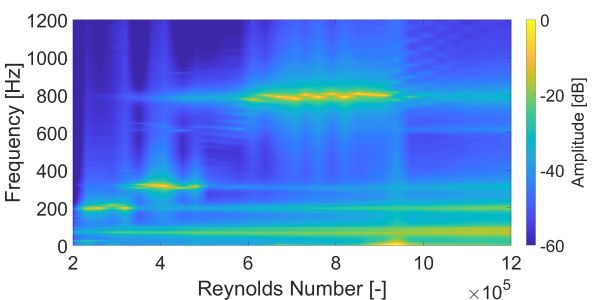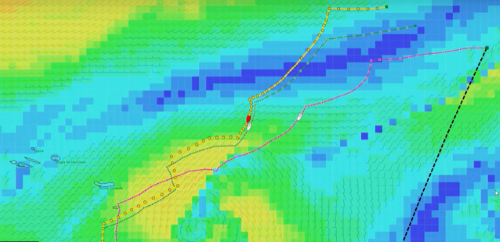|
|
|
Plenary conferencesExperimental analysis of Fluid Induced Vibration on Lifting surfaces in a Hydrodynamic Tunnel
AbstractFlow Induced Vibration is a relevant topic for naval applications, especially for ship structural strength, acoustic stealth or passenger comfort. Experiments providing high fidelity experimental data are still required for physical analysis of FIVs, the validation of CFD/CSD calculations as well as vibration control. This requires the development of experiments and advanced analysis methods in very well controlled configurations to analyze both the flow dynamics and the structural response (Figure 1). The presentation will focus on selection of original experiments and results obtained recently on the analysis of FIV on lifting surfaces performed in the hydrodynamic tunnel of the French Naval Academy. Keywords: FIV, High fidelity experiments, Physical analysis, FSI, Lifting surfaces, Hydrodynamic tunnel.
================= OOO =================
A Few Questions Arising in Optimal Control and Application LaSIE Laboratory, La Rochelle University, France LaSIE Laboratory, La Rochelle University, France
AbstractOptimal control strategy is a very common method for solving routing problems governed by a state equation solution of an ordinary differential equation. But its efficiency is closely connected to an exact controllability property. Assuming it is true, we discuss the influence of the control cost on the results. In fact we use theTikhonov strategy for trying to adjust the solution for both the state variable and the control properties. As perspectives, two points should be improved and still require a lot of investigations: first the solution method should be faster that the one derived from a gradient algorithm; secondly it is necessary to extend the strategy to a more realistic model as far as the optimal routing of a sailing boat is the motivation goal in this study (Figure 2). And it is not an easy problem... Keywords: Optimal control, Asymptotic analysis, Routing of sailing boats, Tikhonov method, Exact control, Control oscillations reduction.
================= OOO =================
Marine Renewable Energies and Fluid structure Interaction: a recent story
AbstractThe development of marine renewable energies has increased over the last twenty years. Among the devices we find those that transform kinetic energy into mechanical energy such as tidal and wind turbines or wave converters. The work was first oriented towards the research of energy production and potential interactions with the environment. But the blades of wind or tidal turbines are relatively flexible and of complex construction. Taking into account the interactions between a highly turbulent flow and the flexibility of the blades remains to be developed in the framework of numerical modeling. The purpose of the presentation is to present the particularities of the field of marine renewable energy and the studies carried out by Fluid Structure Interaction from one-way to two-way modellings on Marine Renewable energy converters. Keywords: Marine Renewable Energy, High fidelity simulations, turbulence, FSI, Tidal Turbines, Offshore wind Turbines.
|






